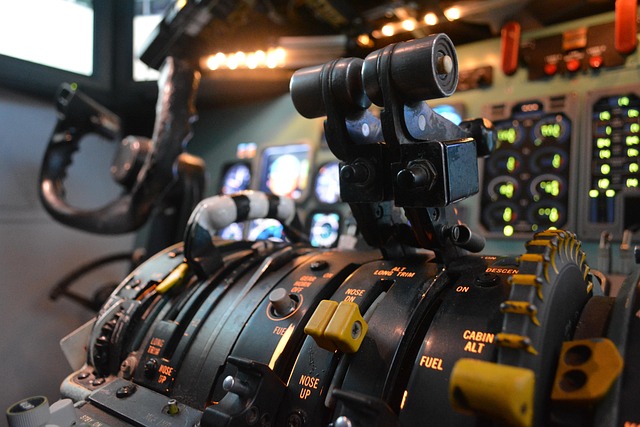
Exploring the Future of Simulation: A Deep Dive into Car Simulators
In an era defined by rapid technological advancements, the world of simulation is evolving at an unprecedented pace, particularly when it comes to car simulators. These applications are no longer just platforms for racing enthusiasts; they have transformed into immersive environments that leverage cutting-edge technologies like virtual reality (VR), augmented reality (AR), and the metaverse to create experiences that feel incredibly real and engaging.
Imagine donning a VR headset, only to find yourself behind the wheel of your dream car, cruising through stunning landscapes or navigating complex race tracks at breakneck speeds. This is the essence of what modern car simulators offer. They provide users with not only the thrill of the drive but also the unique opportunity to experience different environments and driving conditions—from sunny backroads to rain-soaked highways—all from the comfort of their living rooms.
With the integration of AR, car simulators are also reaching new heights. Picture a scenario where your physical surroundings become part of the driving experience. You could set up your living space as a makeshift racetrack, with app-generated obstacles and points of interest overlaying your reality. This seamless blend of the physical and digital worlds enhances the realism and excitement of driving simulators, creating a one-of-a-kind experience.
Furthermore, the concept of the metaverse has opened up even more possibilities for car simulators. As these environments aim to create interconnected digital spaces, the future could see virtual car clubs, competitions, and collaborative experiences where users can socialize and compete with others from around the globe. Imagine racing against friends or even complete strangers, forming teams, and attending virtual car shows all within a shared metaverse setting.
The advancements in these technologies not only make driving extraordinarily fun but also serve practical purposes. Car simulators can assist in driver education, providing a safe space for learners to practice and refine their skills without the risks associated with real-world driving. They are also invaluable tools for automotive designers and engineers, enabling them to test vehicles under controlled virtual conditions before they hit the production line.
Moreover, the aesthetic and technical design within car simulators continues to improve, with developers focusing on delivering hyper-realistic graphics and engaging soundscapes. Players can feel the rumble of the engine, hear the screech of tires, and experience the thrill of speed through lifelike visuals and audio. These sensory elements are crucial in making the simulation feel authentic, ensuring that users are not merely playing a game but actually experiencing the essence of driving.
As we look to the future, the landscape of car simulators will undoubtedly keep evolving. With ongoing advancements in AI, machine learning, and user interactivity, the possibilities are limitless. Users will soon find themselves in adaptable environments that respond to their driving habits, preferences, and even emotional states, pushing the envelope of what car simulation can mean.
Ultimately, whether you’re a casual gamer, a racing fanatic, or a serious driver looking to hone your skills, the future of car simulators holds an irresistible allure. By embracing the potential of virtual reality, augmented reality, and the metaverse, we stand on the brink of a new era in simulation, one that promises to redefine the way we experience the thrill of the drive.


